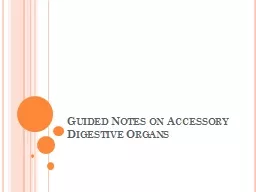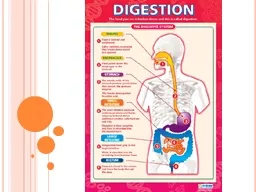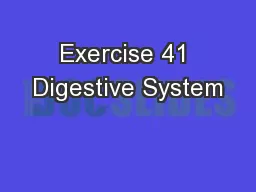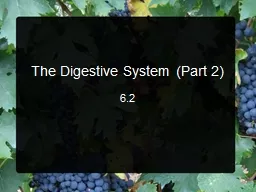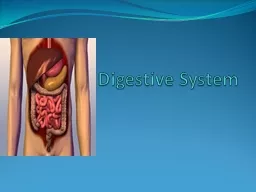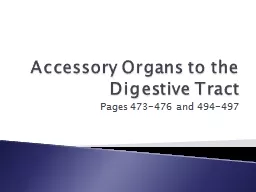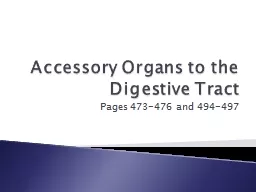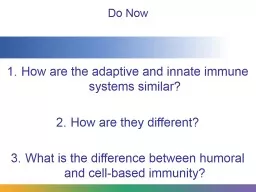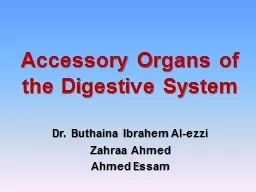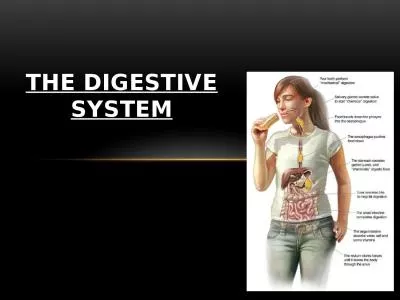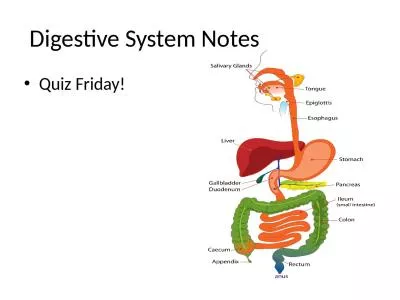PPT-Guided Notes on Accessory Digestive Organs
Author : madison | Published Date : 2022-06-15
1 What is saliva and what are the functions of its 2 components Saliva is a mixture of mucus and serous fluids Mucus moistens and binds food together into a bolus
Presentation Embed Code
Download Presentation
Download Presentation The PPT/PDF document "Guided Notes on Accessory Digestive Orga..." is the property of its rightful owner. Permission is granted to download and print the materials on this website for personal, non-commercial use only, and to display it on your personal computer provided you do not modify the materials and that you retain all copyright notices contained in the materials. By downloading content from our website, you accept the terms of this agreement.
Guided Notes on Accessory Digestive Organs: Transcript
Download Rules Of Document
"Guided Notes on Accessory Digestive Organs"The content belongs to its owner. You may download and print it for personal use, without modification, and keep all copyright notices. By downloading, you agree to these terms.
Related Documents

